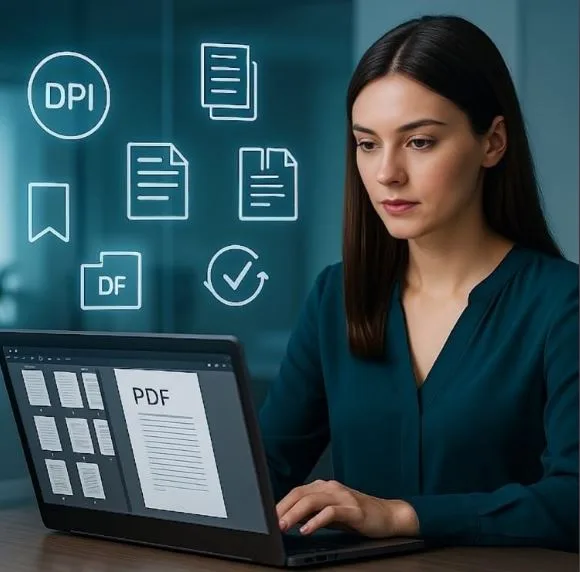What is the “Judging or Peer Review” Criterion in EB-1A?
Under the EB-1A regulation (specifically 8 CFR § 204.5(h)(3)(iv)), one of the ten criteria you may satisfy is:
“Evidence of the alien’s participation, either individually or on a panel, as a judge of the work of others in the same or allied field of specialization for which classification is sought.”
In simpler terms: if you have served as a reviewer, adjudicator, or evaluator of other professionals’ work in your field (for example, as part of a peer review board, journal editorial board, award-selection committee, conference abstract reviewer), you may use that role as evidence under this criterion.
But there’s more to it than simply listing your role. The adjudicators at United States Citizenship and Immigration Services (USCIS) look for quality, relevance, and documentation of that judging or peer-review activity. Here is a comprehensive overview of everything you need to know about this criterion.
Why it matters and how it plays into the final merit determination
Meeting this judging criterion can help your petition in two ways:
- Directly, by satisfying one of the ten regulatory criteria. That makes the judging criterion a discrete pencil-check item in the application.
- Indirectly, by strengthening your entire narrative under the “final merits” or “totality of the evidence” review that USCIS conducts. Being entrusted to evaluate the work of your peers signals that you are recognised as an expert in your field.
Importantly, simply meeting three of the criteria doesn’t guarantee approval. USCIS also looks at whether you truly belong in “that small percentage who have risen to the very top of their field.”
Hence, if you are engaging with EB-1A experts, you will often hear emphasized: focus on quality over quantity when documenting judging/peer review roles.
What counts and what doesn’t: Building strong judging evidence
Documenting the selection process
Your role as a judge must show that you were invited or selected because of your recognised expertise. Evidence might include:
- Official invitation letters referencing your name and expertise.
- Emails or internal committee memos showing you were nominated or selected (not simply volunteered via a pay-to-join scheme).
Demonstrating platform prestige & rigor
USCIS will evaluate whether the event, journal, or award process is credible and selective:
- Was the platform (journal, conference, or award committee) widely recognised in your field?
- Can you document acceptance/review rates, years of operation, and affiliation with professional associations?
- Avoid “pay-to-participate” judging roles: these are viewed skeptically.
Substantiating your actual work
You must also show that you actually carried out meaningful judging or peer-review duties:
- Provide redacted reviews, certificates of service, and committee rosters listing your name.
- Screenshots or webpages listing you as a reviewer or judge.
- Confirmation of how many submissions you evaluated, your responsibilities, etc.
Aligning with your field & overall narrative
While you showcase your judging role to the USCIS adjudicators, you need to make sure of the two following features as well:
- The judging role should be in the same or allied field of your extraordinary ability claim, e.g., if your petition is for an advanced technology domain, your judging role should reflect that domain.
- Use the judging experience to tie into other criteria: perhaps it evidences your original contributions, leadership in associations, or media profile. You should not fail to incorporate the judging role into a wider narrative of your success.
Common Pitfalls and how an EB-1A green card consultancy can help
When working with an EB-1A green card consultancy, you will often hear cautions such as:
- Avoiding superficial titles: Simply being named as a “judge” by a non-selective platform won’t carry weight.
- Documenting thoroughly: Failing to provide invitation letters, selection process details, or proof of actual judging can result in an RFE (request for evidence) or denial.
- Avoid irrelevant fields: A judging role outside your claimed domain may be disregarded or even hurt credibility.
An experienced EB-1A consultancy can help you identify genuine judging opportunities. They will also mentor you to document them properly and integrate the evidence into your broader petition narrative. This will, in turn, ensure you are not simply chasing checkboxes but building a compelling story.
Strategic timeline & steps for success
Before filing
If you don’t yet have judging roles, seek invitations from reputable journals, conferences, or award committees in your niche. Expand your network and seek selectivity.
During case preparation
During the preparation of the case, you need to go through the following steps:
- Request official letters from organizers.
- Save webpage listings, conference brochures, and committee rosters.
- Draft an overview section in your petition summarising your role, the selection process, its prestige, and your contributions.
At the filing / RFE stage
- Use the judging evidence to reinforce your overall narrative.
- Tie judging roles into other criteria: leadership, membership, original contributions.
- Be ready with more detailed documentation if USCIS asks.
When done right, fulfilling the judging or peer review criterion can serve as a powerful anchor in your EB-1A petition. It says: “My peers and the field trust me to appraise the work of others.”
If you are considering engaging with EB-1A experts, make sure they emphasise the value of genuine, well-documented judging roles, not just numerous minor ones. It is always advisable to link your judging roles to your broader claim of extraordinary ability.
Fulfilling this criterion with strategic thought and documentation can significantly tilt the scales in your favour.






